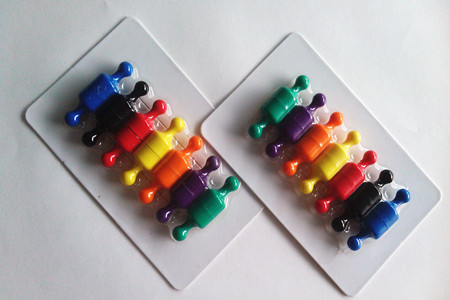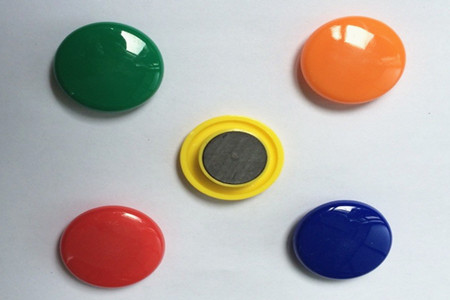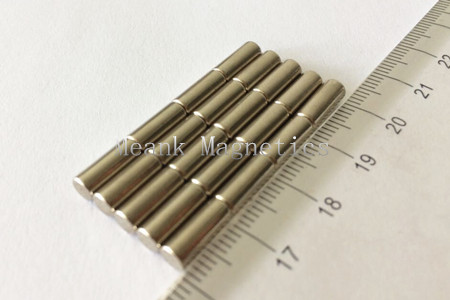Permanent magnets are essential components in various industrial applications, providing reliable and constant sources of magnetic fields. These magnets can be made from a variety of materials, each with unique properties that make them suitable for different applications.
In this article, we will explore some of the most popular industrial applications of permanent magnets and their various characteristics and uses.
Neodymium (NdFeB) magnets are one of the most commonly used permanent magnets in industrial applications. They are made up of neodymium, iron, and boron, and are known for their powerful magnetism, making them the strongest magnets currently available.
Neodymium magnets have high energy density, which means they can store a large amount of magnetic energy. This makes them very suitable for use in motors and generators, as they can produce large magnetic fields with relatively small amounts of material. Because they can produce high quality sound, they are also commonly used in speakers, headphones, and other audio devices.
One of the main advantages of NdFeB permanent magnets is their strength. Their maximum energy product is as high as 52MGOe (megagauss-oersted), significantly higher than other permanent magnet materials. This means they can be used for applications that require high magnetic field strength, such as MRI machines or wind turbines.
However, NdFeB magnets are also prone to corrosion and may require coatings to protect them from environmental factors. They are also relatively brittle and can easily crack and fracture if mishandled.
Samarium cobalt (SmCo) magnets are another popular choice for industrial applications. They are made from samarium, cobalt, and small amounts of iron, copper, and other metals, and are known for their high magnetic strength and corrosion resistance.
Samarium cobalt permanent magnets have high coercivity, which means they are resistant to demagnetization when exposed to external magnetic fields. This makes them very suitable for use in sensors, actuators, and other precision instruments. They are also commonly used in high-temperature applications, as they can maintain their magnetism at temperatures as high as 350°C.
One of the main drawbacks of SmCo magnets is their high cost, which makes them unsuitable for certain applications. They are also brittle and can easily break or fracture, so care must be taken when handling them.
Alnico permanent magnets have become a popular choice for industrial applications due to their excellent thermal stability and corrosion resistance. They are made from aluminum, nickel, cobalt, and iron, and are known for their high coercivity and residual magnetism.
Alnico magnets have a maximum energy product of up to 5.5MGOe, lower than NdFeB magnets but higher than most other permanent magnet materials. They are typically used in electric motors, generators, and sensors, and are particularly suitable for applications involving high temperatures.
One of the advantages of Alnico permanent magnets is that they can be cast into various shapes and sizes, making them suitable for a wide range of applications. They are also less prone to break than some other types of magnets, making them less likely to crack or fracture.
However, compared to other types of magnets, Alnico magnets are relatively expensive, making them less cost-effective for certain applications.
Ferrite magnets, also known as ceramic magnets, have become a popular choice for industrial applications due to their low cost, good corrosion resistance, and excellent thermal stability. They are made from a composite of iron oxide and barium, strontium, or lead oxides, and are permanent magnets.
Ferrite magnets have high permeability, which means they are highly sensitive to magnetic fields and can therefore conduct magnetic fields very well. They also have strong corrosion resistance and can operate at temperatures as high as 300°C.
One of the main advantages of ferrite permanent magnets is their affordability. However, their magnetic strength is lower than that of other types of permanent magnets (such as neodymium and samarium cobalt magnets), making them more suitable for applications requiring lower magnetic fields.




